- News
- Reviews
- Bikes
- Components
- Bar tape & grips
- Bottom brackets
- Brake & gear cables
- Brake & STI levers
- Brake pads & spares
- Brakes
- Cassettes & freewheels
- Chains
- Chainsets & chainrings
- Derailleurs - front
- Derailleurs - rear
- Forks
- Gear levers & shifters
- Groupsets
- Handlebars & extensions
- Headsets
- Hubs
- Inner tubes
- Pedals
- Quick releases & skewers
- Saddles
- Seatposts
- Stems
- Wheels
- Tyres
- Tubeless valves
- Accessories
- Accessories - misc
- Computer mounts
- Bags
- Bar ends
- Bike bags & cases
- Bottle cages
- Bottles
- Cameras
- Car racks
- Child seats
- Computers
- Glasses
- GPS units
- Helmets
- Lights - front
- Lights - rear
- Lights - sets
- Locks
- Mirrors
- Mudguards
- Racks
- Pumps & CO2 inflators
- Puncture kits
- Reflectives
- Smart watches
- Stands and racks
- Trailers
- Clothing
- Health, fitness and nutrition
- Tools and workshop
- Miscellaneous
- Buyers Guides
- Features
- Forum
- Recommends
- Podcast
TECH NEWS
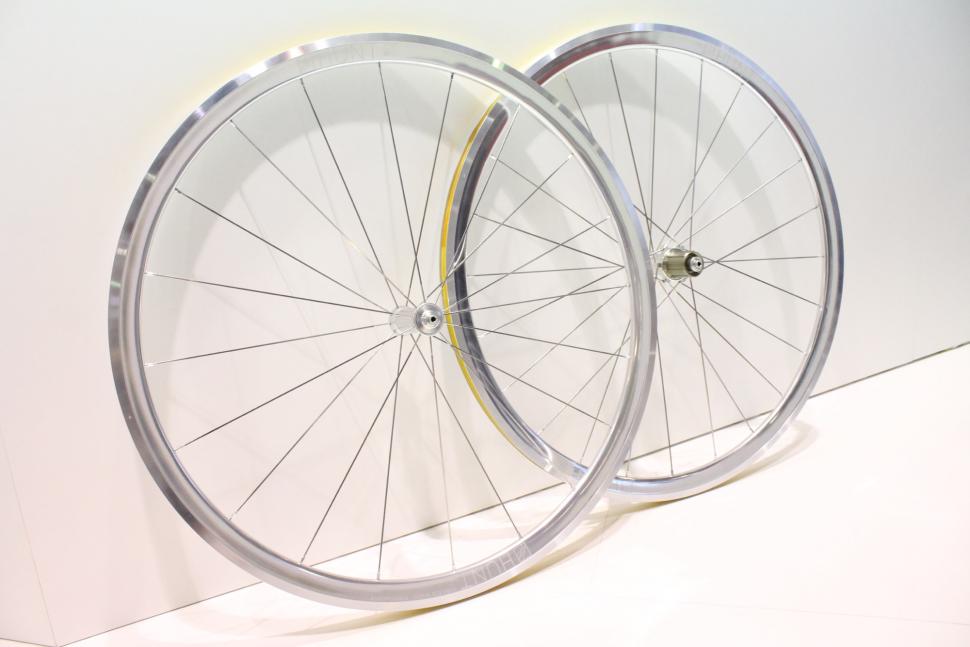 Eurobike 2017 Hunt Sprint Aero wheels - 1.jpg
Eurobike 2017 Hunt Sprint Aero wheels - 1.jpg2018 wheels from Zipp, Fulcrum, Reynolds and loads more
If you're thinking about getting yourself a new set of wheels, we've done the legwork for you. Here are some of the most interesting 2018 models that we spotted at last week's Eurobike show.
It's a busy time in the wheels world with brands offering ever more options for disc brake bikes, including gravel bikes, and updating their aerodynamic designs. Mid and deep section wheels are still in the ascendancy, and carbon is very much the material of choice at the higher levels.
One notable absence from our round-up is Mavic which didn't attend Eurobike this year. If you're particularly interested in Mavic's 2018 range, check out our story from last month.
Zipp
We told you just before Eurobike that Zipp has announced a total of eight new disc-specific, tubeless compatible wheels.
These are the top-end 808 NSW carbon clincher disc wheels. They’re the same depth as the rim brake version – 82mm – with a 19mm internal width, and they aerodynamically optimised for 25mm tyres. You’re looking at £2,710 for the pair.
Zipp is also releasing four new Firecrest carbon clincher tubeless disc brake wheelsets. This is the 303 650b version with a 584mm bead seat diameter (compared with the 622mm diameter of a standard 700c road rim).
Zipp’s thinking is that you’re likely to put bigger tyres on a bike you’re riding on anything but asphalt, and the overall diameter of a 650b wheel plus a chunky tyre is similar that of a 700c wheel with a smaller road tyre. These are £2,200 the pair.
Lightweight
Lightweight is introducing a Meilenstein Disc clincher wheel with a disc-specific rim – there’s no brake track – that’s wider than previously. The external diameter is 24mm, designed to provide better support for the wider tyres that most people are using these days.
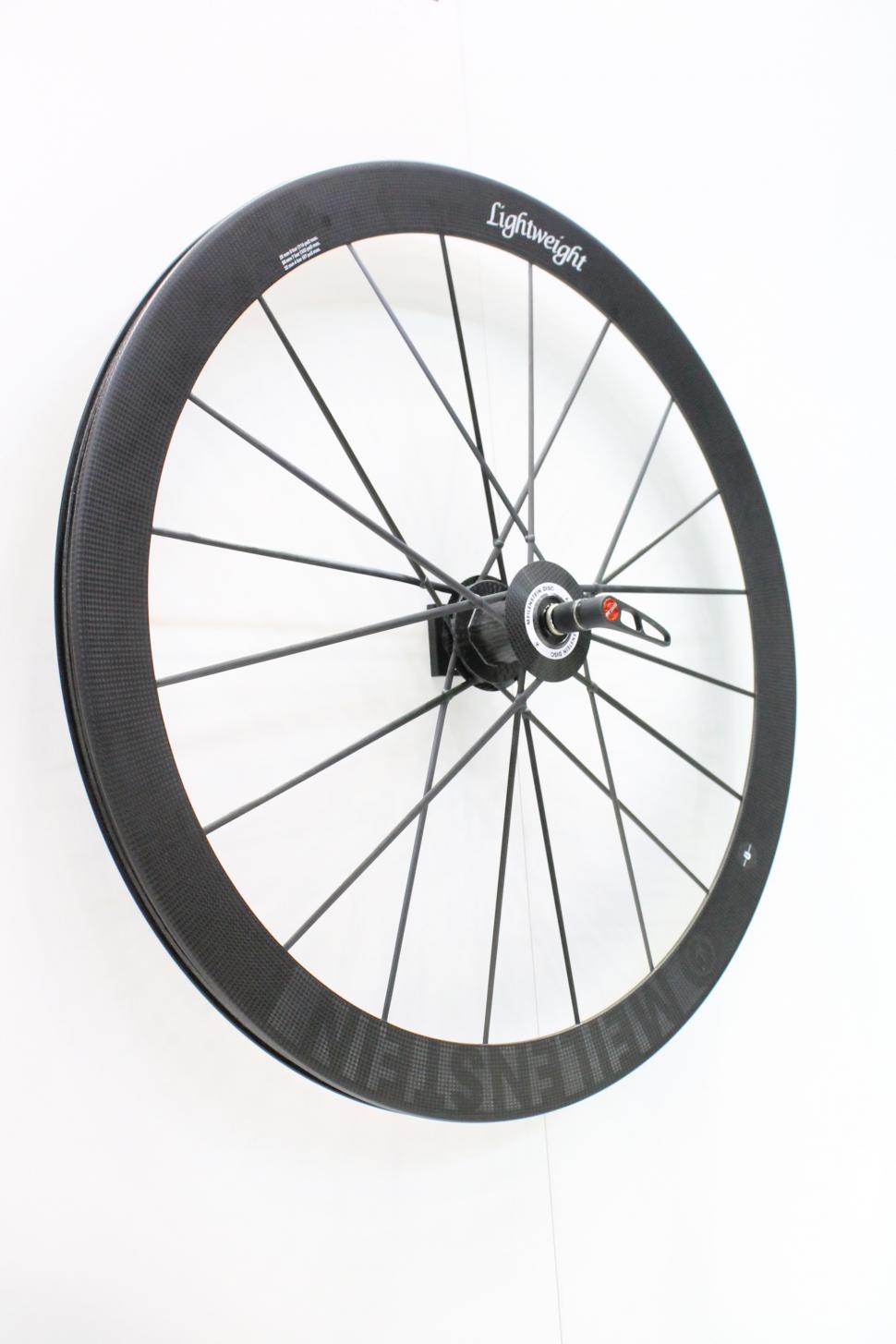
The hub shell is half round and half pentagonal, the idea being to improve safety and reliability by providing a mechanical lock between the hub and the rest of the wheel, while distributing the one-sided braking forces from the disc rotor.
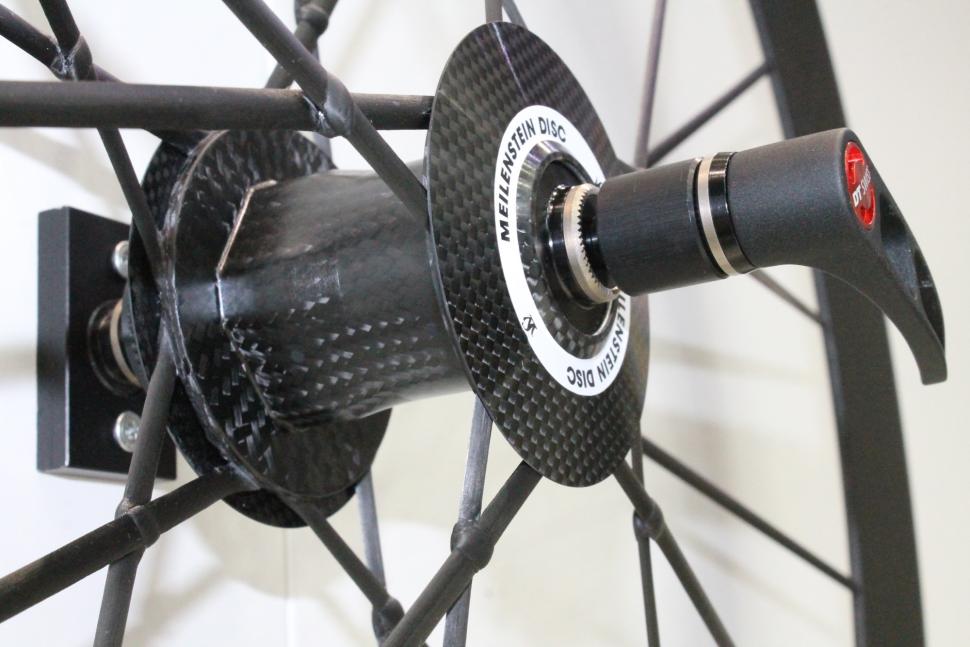
The Lightweight Meilenstein C Disc wheels are far from cheap, though. You’re looking at £4,600 for the pair.
DT Swiss
DT Swiss has revealed two new Cross Road disc brake wheelsets that are said to have been influenced by cyclocross but which have a broader application for gravel and adventure bikes.
The first wheelset is the CR 1600 Spline 23 with a total weight of 1,728g and a price of €578.
The CR1800 Spline 23 wheels are a little heavier at 1,745g, and cheaper at €408.
DT Swiss says that both of these have more of a focus on durability than on light weight.
DT Swiss also has a couple of new track wheelsets. The TRC 1400 Dicut 65 is a genuine velodrome wheelset that weighs 1,530g. The price is €2,028.
The T1800 Classic 32 is designed to be more of a bombproof street wheelset at 1,896g. The price is €478.
Fulcrum
The Fulcrum Speed 55T DB is a carbon-fibre disc brake wheelset for tubulars that’s intended for racing. The rim is 55mm deep with an 8mm-wide nose – in other words, it has a blunt edge on the spoke side – and a mid-profile width of nearly 26.5mm, the idea being to work aerodynamically with 25mm-wide tubulars fitted.
The front hub is carbon while the rear is aluminium, chosen to handle the opposing forces of the drivetrain and the disc brake, according to Fulcrum.
Fulcrum gives a wheelset weight of 1,395g. The Fulcrum Speed 55T DB will be available in March 2018.
The Speed 40C (above) and Speed 55C rim brake/ clincher wheelsets are already out there, the figures indicating the rim depth in millimetres. These each come with carbon fibre rims with a 17mm internal width.
Fulcrum claims that the longitudinal twill design of the fibres results in a “stronger yet more elastic complete final structure” that’s capable of absorbing road vibration.
The wheels have the Fulcrum/Campagnolo AC3 (All Conditions Carbon Control) treatment which removes resin from the surface of the brake track, improving their stopping performance.
Fulcrum has also announced a new version of the popular Racing 3 aluminium clincher wheelset that will be available from December.
What’s new is a triple milled T6, pre-aged aluminium rim that comes in a new 17C format (with a 17mm internal width, rather then the 15mm width of the previous version). Fulcrum says the wider rim is optimised for 25mm and 28mm tires.
The rear rim has a depth of 30mm while the front is 25mm the idea being to provide stable handling in crosswinds.
The hub flange has been redesigned and you get aero-shaped, straight-pull, stainless steel spokes. Fulcrum claims a wheelset weight of 1,560g, which is highly respectable.
Reynolds
Reynolds has replaced its ATR (All Terrain Road) carbon wheels aimed at adventure and gravel bikes with a new version available in 700c and 650b sizes, and featuring a wider and deeper profile rim.
The previous ATR wheelset, which Dave Atkinson really liked when he tested them, by the way, had a 29mm wide and deep rim. The new ATR boosts up to 32mm wide with a 23mm internal width, and grows to 40mm deep.
Tubeless compatibility still features with a hooked rim profile, and 24 spokes are used in the front and rear wheel for a claimed 1,620g weight for the 700c hoops. That’s a bit of an increase over the 1,510g weight of the older ATR wheels but the focus has been on ensuring maximum durability and strength for the increasingly tough and rough riding that some are doing with the latest generation of gravel and adventure bikes.
Miche
Italy’s Miche has a new adventure/gravel disc brake wheel called the Graff that borrows a lot of engineering – bearing housings, for example – from its mountain bike range.
Miche says that it was looking for a lightweight wheel that’s also robust, and it says that it has chosen the spoking for rigidity, with minimal torsional flex during braking.
The Graff has quite a bulbous rim shape, 22mm deep with a 19mm internal width. It’s said to work best with tyres from 32mm to 38mm wide. Although the rims aren’t officially tubeless ready, we suspect you could run them that way (all of Miche’s SWR wheels are now tubeless ready). The complete Graff wheelset weight is 1,680g.
Hunt
Hunt has its new Sprint Aero Wide rim brake wheels available in a shiny aluminium finish. The rims are 31mm deep and 24mm wide and they’re laser etched. They have a very cool retro Campag look to them.
The rear wheel has a fast pickup after coasting. There are 48 teeth on the ratchet ring so the pawls engage in just 7.5°.
The wheels will be available in just this finish for the first few months and are priced at £449.
Hunt’s Aero Light Disc wheels now have upgraded hubs that are similar to those of the Sprint Aero Wide wheels – but in disc format, obviously. Hunt has moved away from carbon hub bodies to aluminium, saying that carbon didn’t make a huge difference to the performance. The flange height is slightly higher than previously.
You can run these wheels with a standard quick release or 12mm thru axles, but not with 15mm thru axles any more (that would mean having a larger hub shell or using smaller bearings and Hunt didn’t want either). The rims are 28mm deep and 22mm wide. The price remains £469.
Hunt has evolved its tubeless carbon rim brake wheels. You can now have Hunt 50Carbon Wide Aero wheels with rims that are 50mm deep (not surprisingly!) and 27mm wide (21mm internal width) at £999, or you can have Hunt 36Carbon Wide Aero wheels with rims that are 36mm deep in the same width. They were 38mm deep previously.
The other option is to mix them up with a 36mm-deep front wheel and a 50mm-deep rear wheel, the idea being that you get an aero benefit without adversely affecting handling.
Token
Token has three new top-level wheelsets in different rim depths:
• Ventous, 36mm deep, 1,342g, US$1,499
• Konax Pro, 52mm deep, 1,452g, US$1,599
• Konax Tri, 76mm deep, 1,592g, US$1,699
The rims all have an external width of 27.4mm and an internal width of 20mm, they’re all tubeless ready and are available in both rim brake and disc brake versions (weights above are for the rim brake models).
Token had initially intended to add a 72mm-deep wheel to the lineup but couldn’t design one to be more aerodynamically efficient than its existing 90mm-deep wheel, but it achieved that goal by moving up to 76mm.
The rims use what Token calls Conti Fibre technology, meaning that a continuous sheet of carbon-fibre is used from one side of the rim through to the other. This is said to produce a structure that’s uniform and symmetrical.
“Excess material overlap and human error are eliminated, so the rim structure has virtually no weak point,” says Token. “This results in not only a lighter, but also a stronger rim.”
The Z1 hubs have larger bearings than previously while the weight remains the same. The flanges have been pushed further apart, both front and rear, and Token says that this has increased stiffness despite the rear wheel having dropped from 24 spokes to 21.
The little grey triangles you can see towards the top of either side of the cross section are foam shoulders that mean the carbon fibre curves gradually around the bends rather than at a sharp angle which would compromise its strength.
Token has decided not to publish aerodynamic data relating to these wheels but claims that the results are close to those of the best known aero wheel brands.
The final new wheelset from Token is the RoubX, intended for gravel, cyclocross and cross-country, and it uses the same Conti Fibre tech. It’s hookless and tubeless ready and Token says it’ll support any tyre from 700C x 30mm to 29in x 2.1in.
Mat has been in cycling media since 1996, on titles including BikeRadar, Total Bike, Total Mountain Bike, What Mountain Bike and Mountain Biking UK, and he has been editor of 220 Triathlon and Cycling Plus. Mat has been road.cc technical editor for over a decade, testing bikes, fettling the latest kit, and trying out the most up-to-the-minute clothing. He has won his category in Ironman UK 70.3 and finished on the podium in both marathons he has run. Mat is a Cambridge graduate who did a post-grad in magazine journalism, and he is a winner of the Cycling Media Award for Specialist Online Writer. Now over 50, he's riding road and gravel bikes most days for fun and fitness rather than training for competitions.
Latest Comments
- chrisonabike 2 sec ago
I think it would be fairer to blame the moon - as in "my client is a loony".
- Bungle_52 23 min 27 sec ago
Nice idea but Gloucestershire Constabulary are not interested as exemplified by this prvious NMOTD. Not only was there NFA for the close pass in...
- quiff 28 min 32 sec ago
The war years would work - 1917 (39 mill) or 1942 if you're rounding up (44 mill). Buy yes, it's been an upward trajectory since then.
- mctrials23 34 min 56 sec ago
Flippin heck!
- Rendel Harris 54 min 12 sec ago
As a keen cyclist married to a keen cyclist I can testify that there isn't the slightest comparison. The worst unprovoked comments (i.e. when a row...
- hawkinspeter 1 hour 55 min ago
I think black boxes are great for early detection of cognitive decline and/or sight problems. Someone's driving is going to become much less smooth...
- Bigtwin 2 hours 30 min ago
It's a fashion. https://guildford-dragon.com/shalford-driver-who-smashed-shalford-war-me...
- MTL Biker 2 hours 51 min ago
Robin Phans .....
- Rendel Harris 4 hours 32 min ago
Well it would be irresponsible enough if there were only cars and buses, if there are going to be "cars, buses and traffic" that's just suicidal...



































































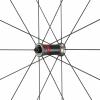
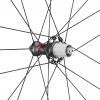




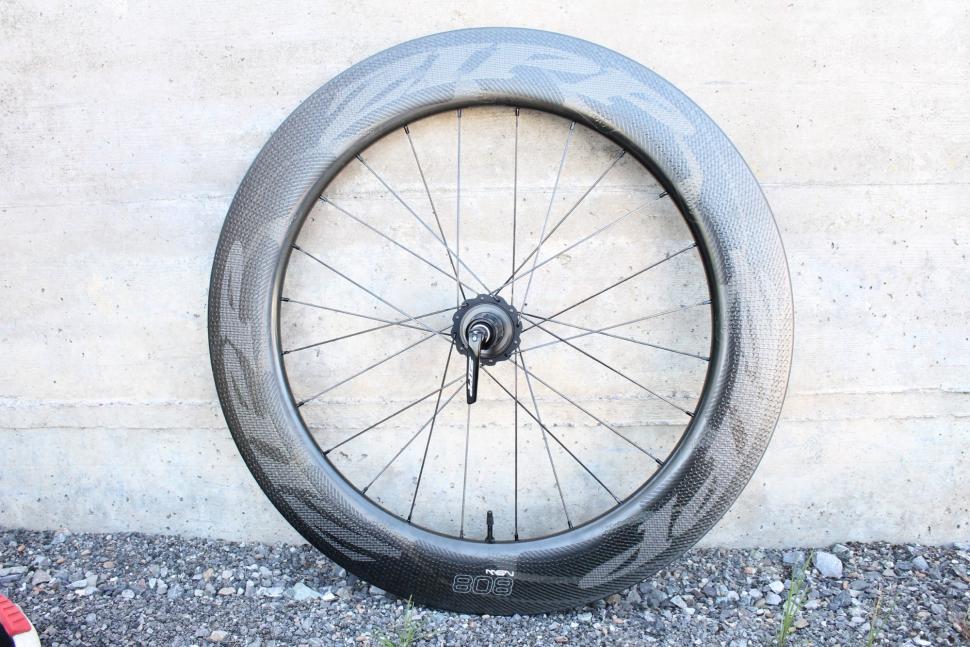
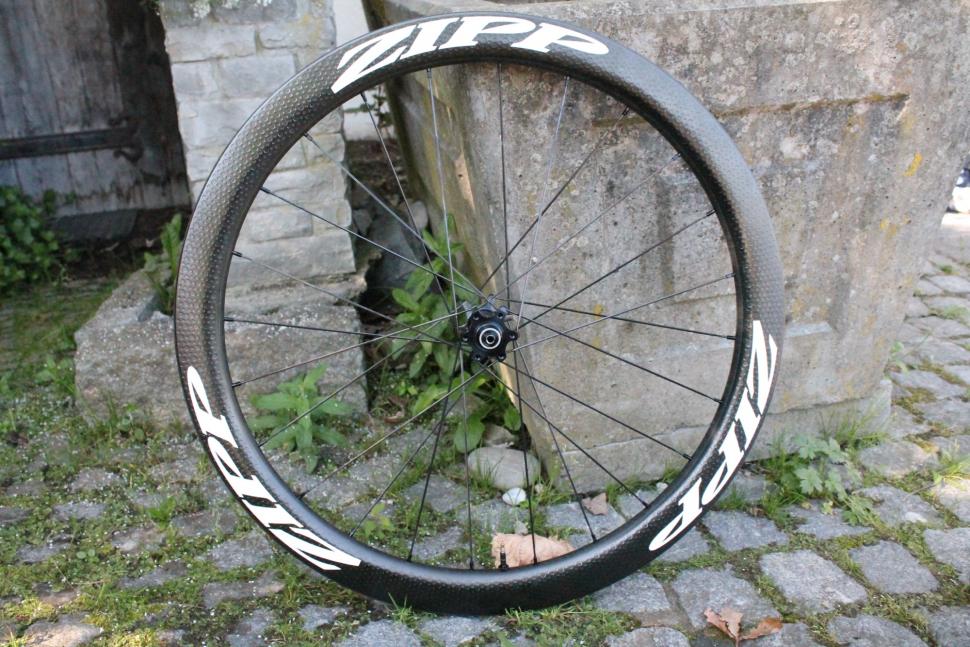
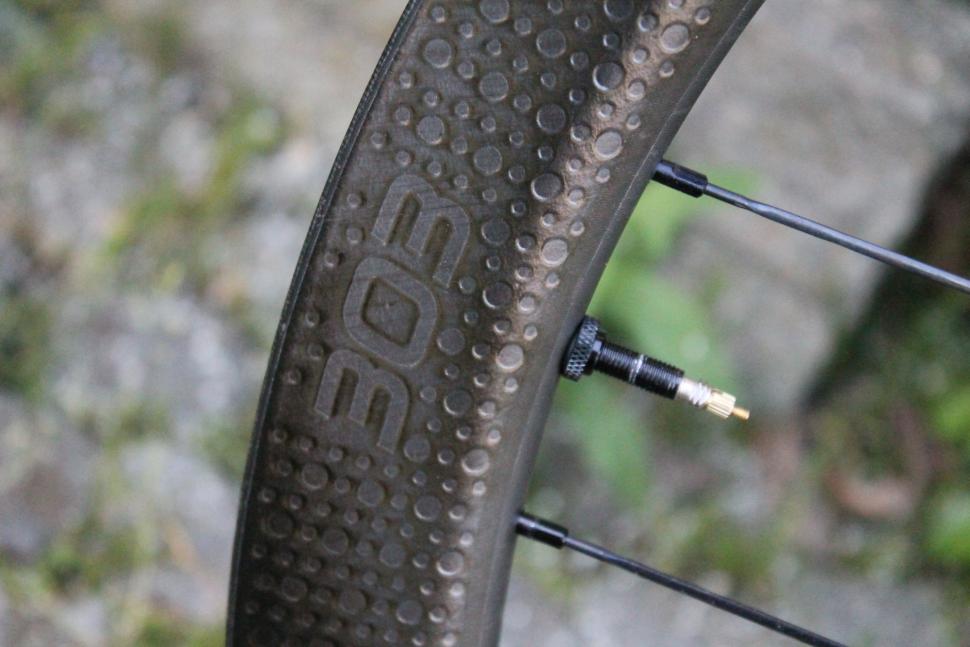

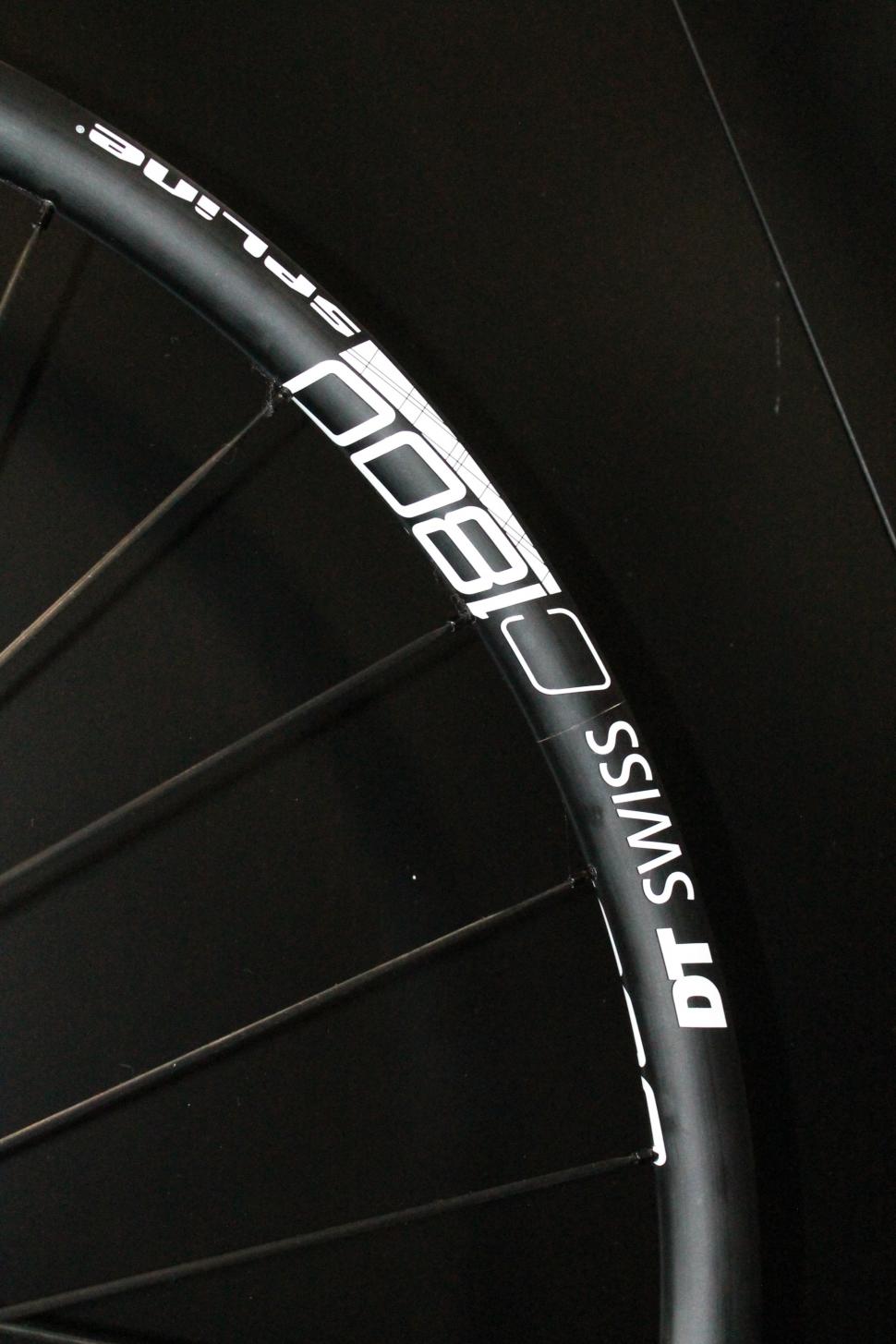
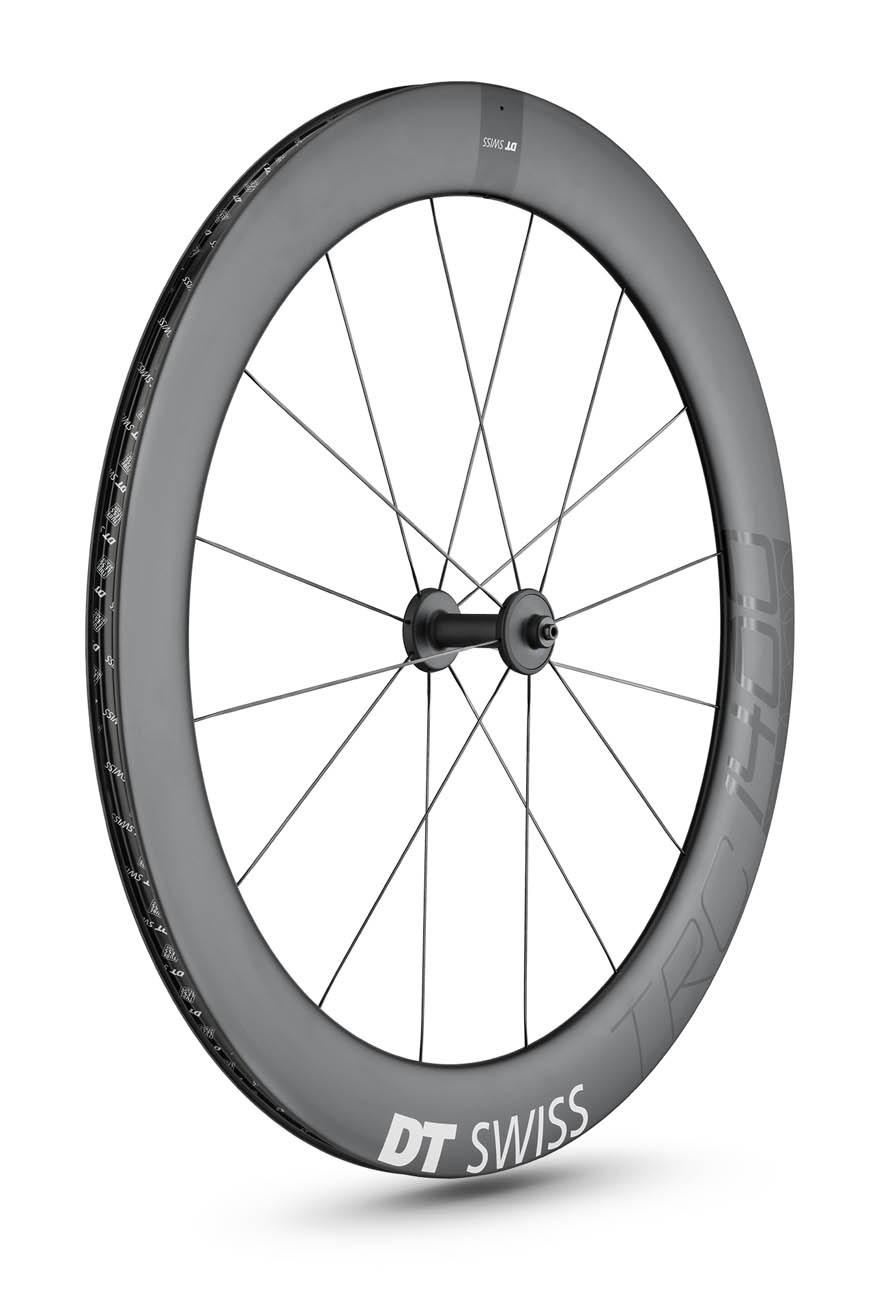
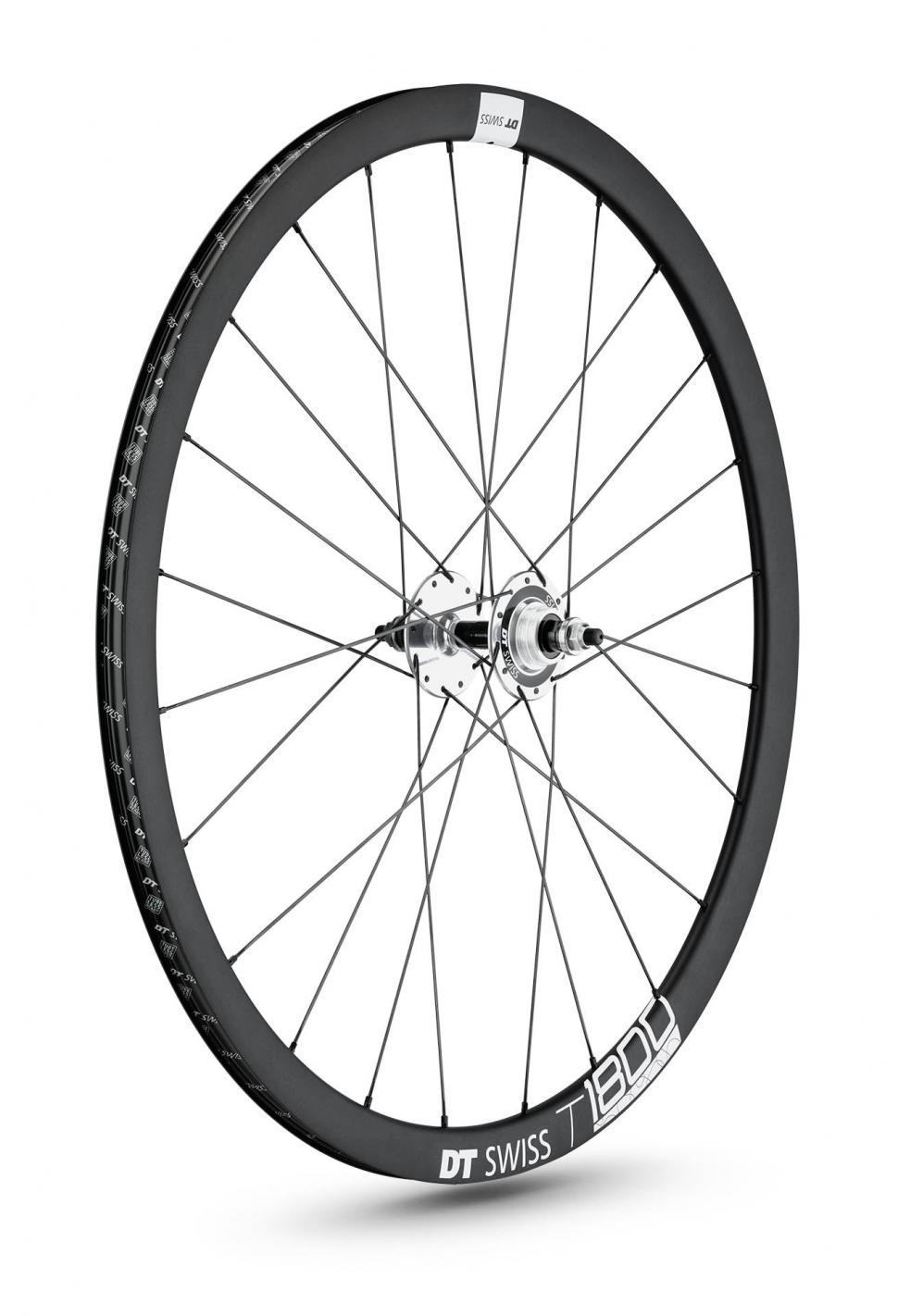



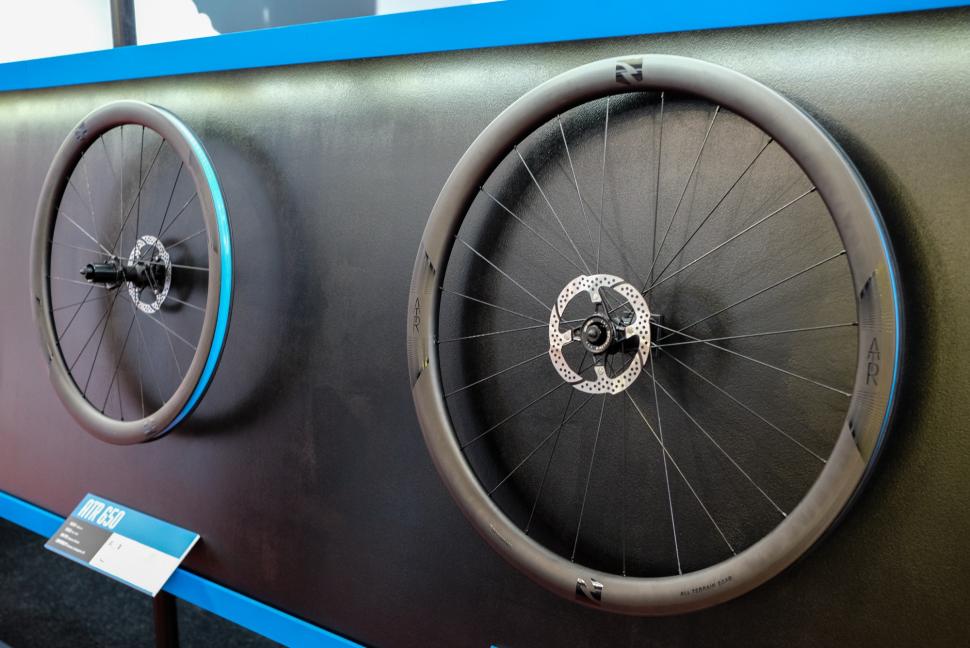
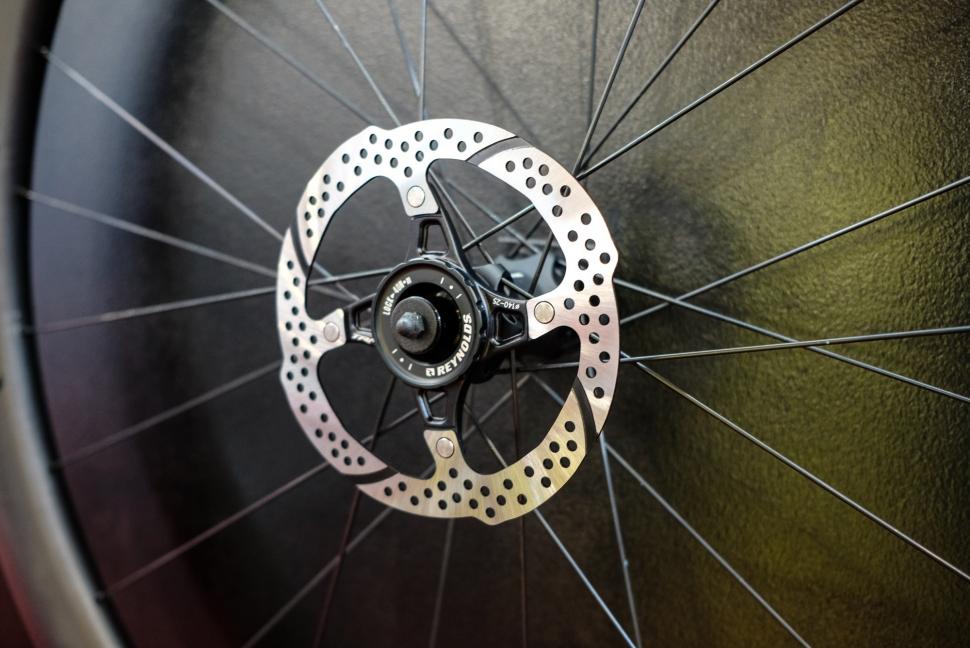
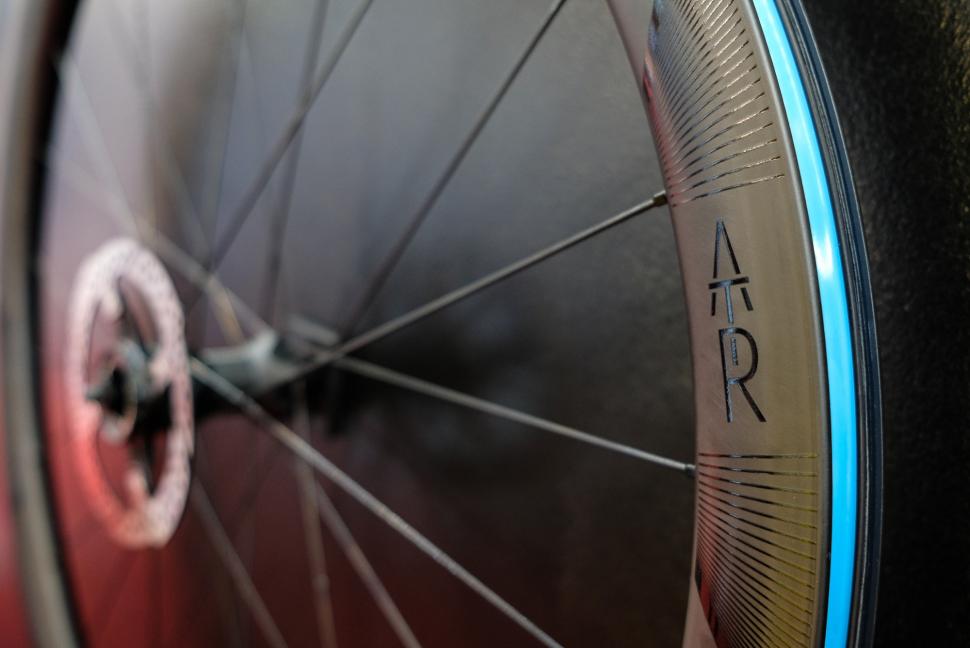
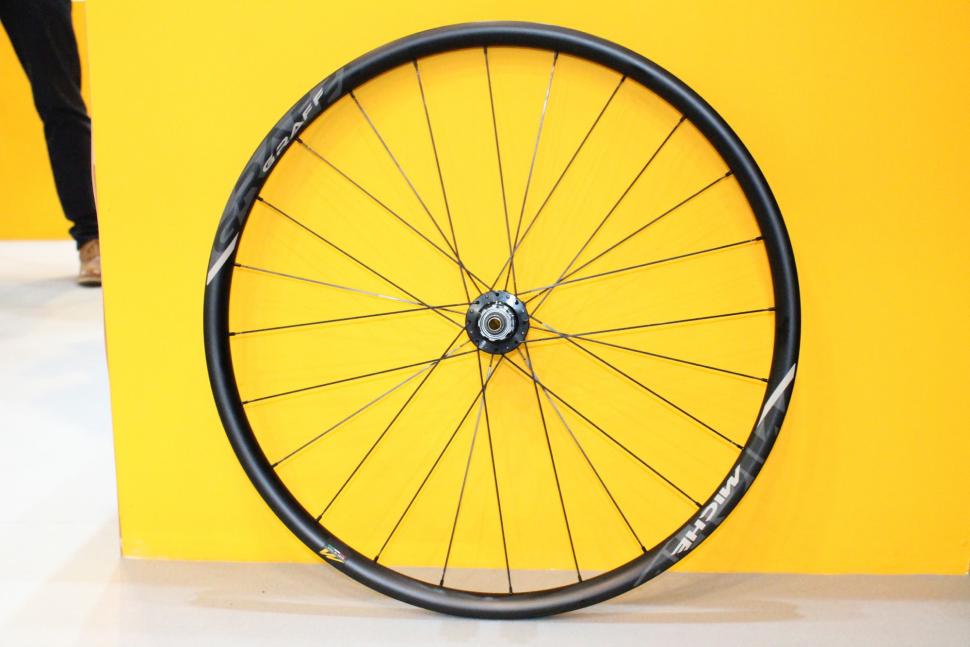

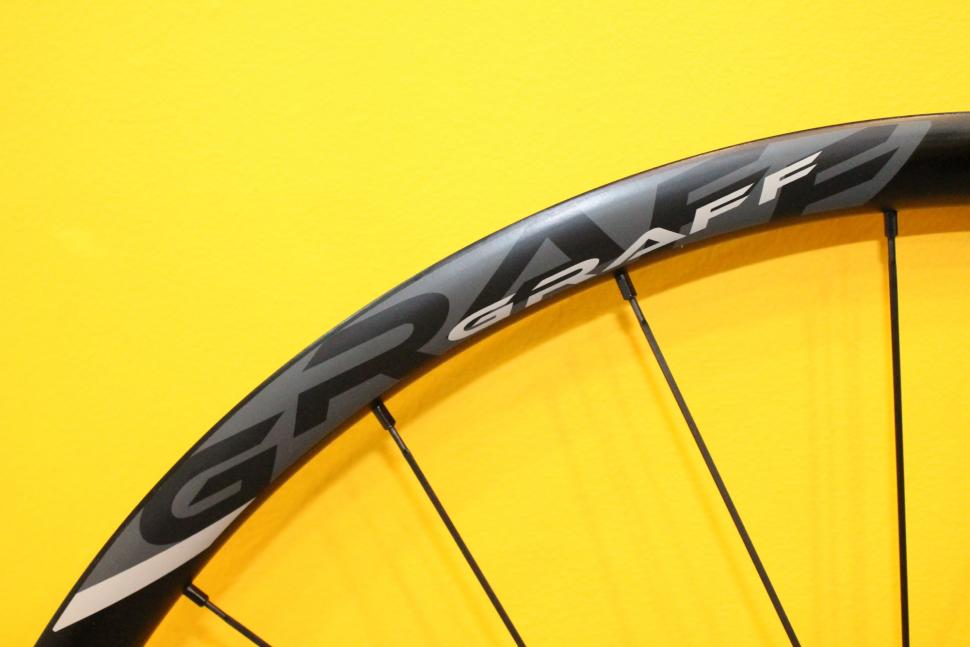


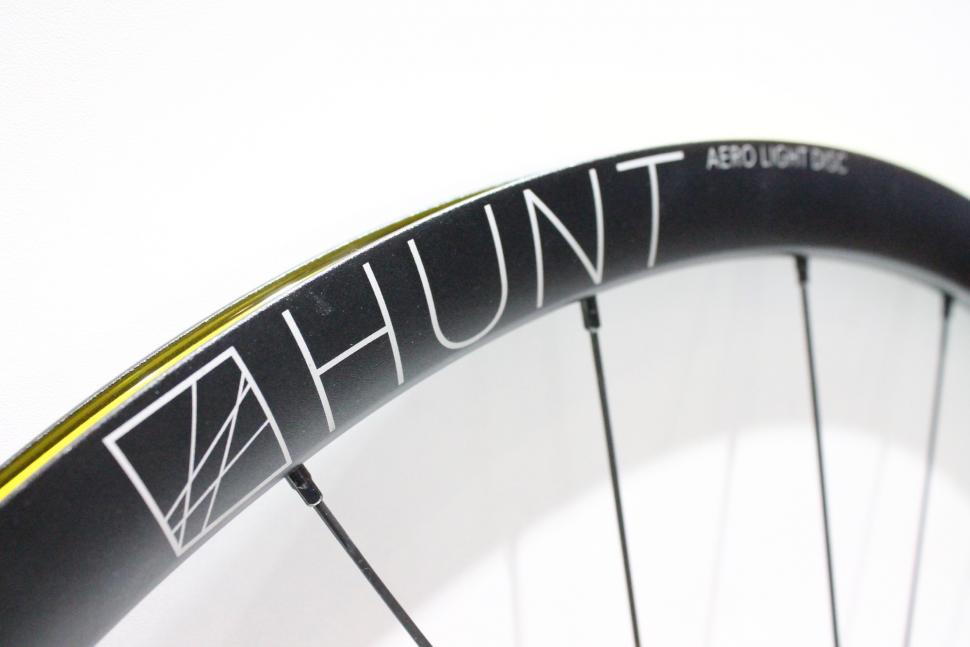
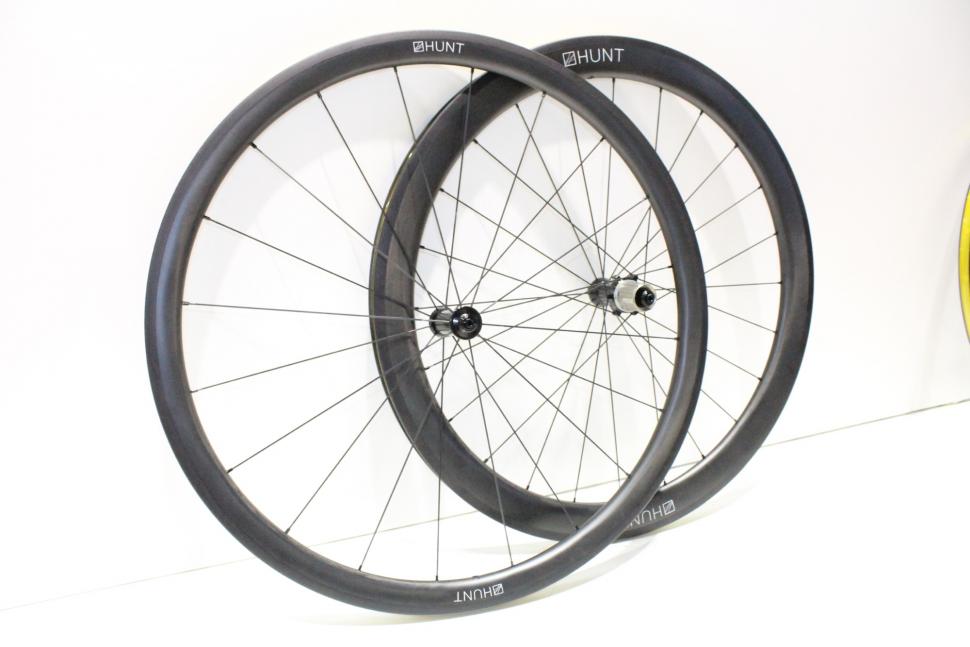



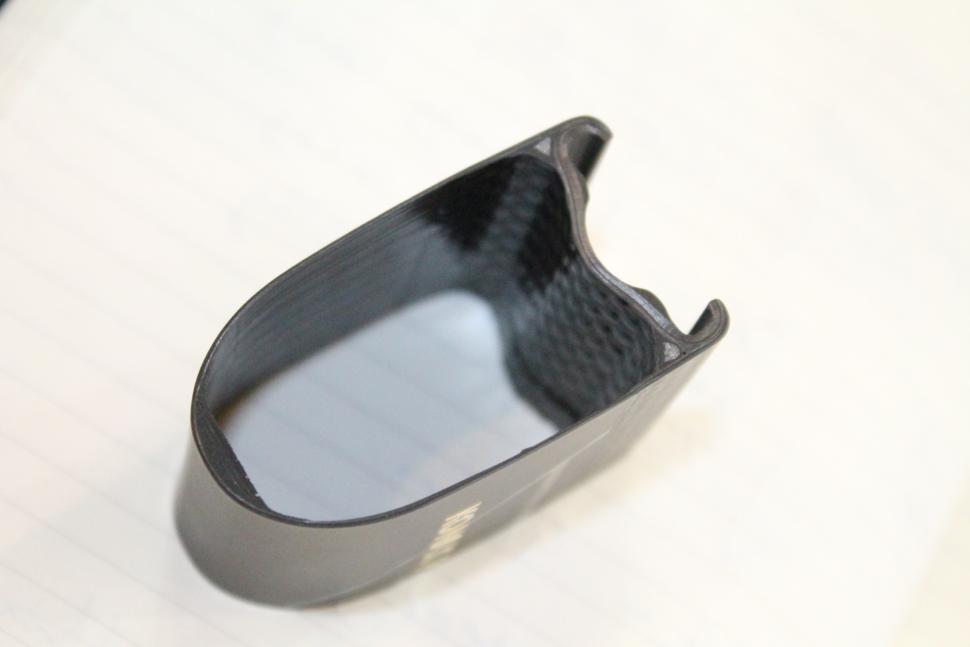

Add new comment
7 comments
Since when could a 24 spoke rear wheel be described as 'bombproof'?
Really impressed with Token's cross-section, that should be superbly aero
And yes the hub might twist at an infinitesimal level
Is the key word not "distributing" so it's not saying they only affect one side, it's about spreading/dispersing the load across the hub.
It's marketing guff with some physics/engineering behind it.
Single sided forces from a disc brake acting on a fork I get, but can someone please explain to me how the braking forces are one sided on a wheel? The disc is on one side sure, bit it's attached to the hub which passes through the centre of the wheel. Unless the hub twists surely the forces through the spokes are the same both sides? If there is a a difference one side to other, why haven't such one sided forces been addressed previously with rear wheels and the fact that the drive forces applied through the chain are on one side?
The forces need to be transmitted through the hub in order to redistribute them. You see this phenomenon at work with rear wheels that have tangential spoking on the drive side and radial spoking on the non-drive side.
The strange odour you can smell is that of marketing bullshit.
If there were one-sided braking forces, when you pulled your front brake on you would pull to one side and veer off the road.